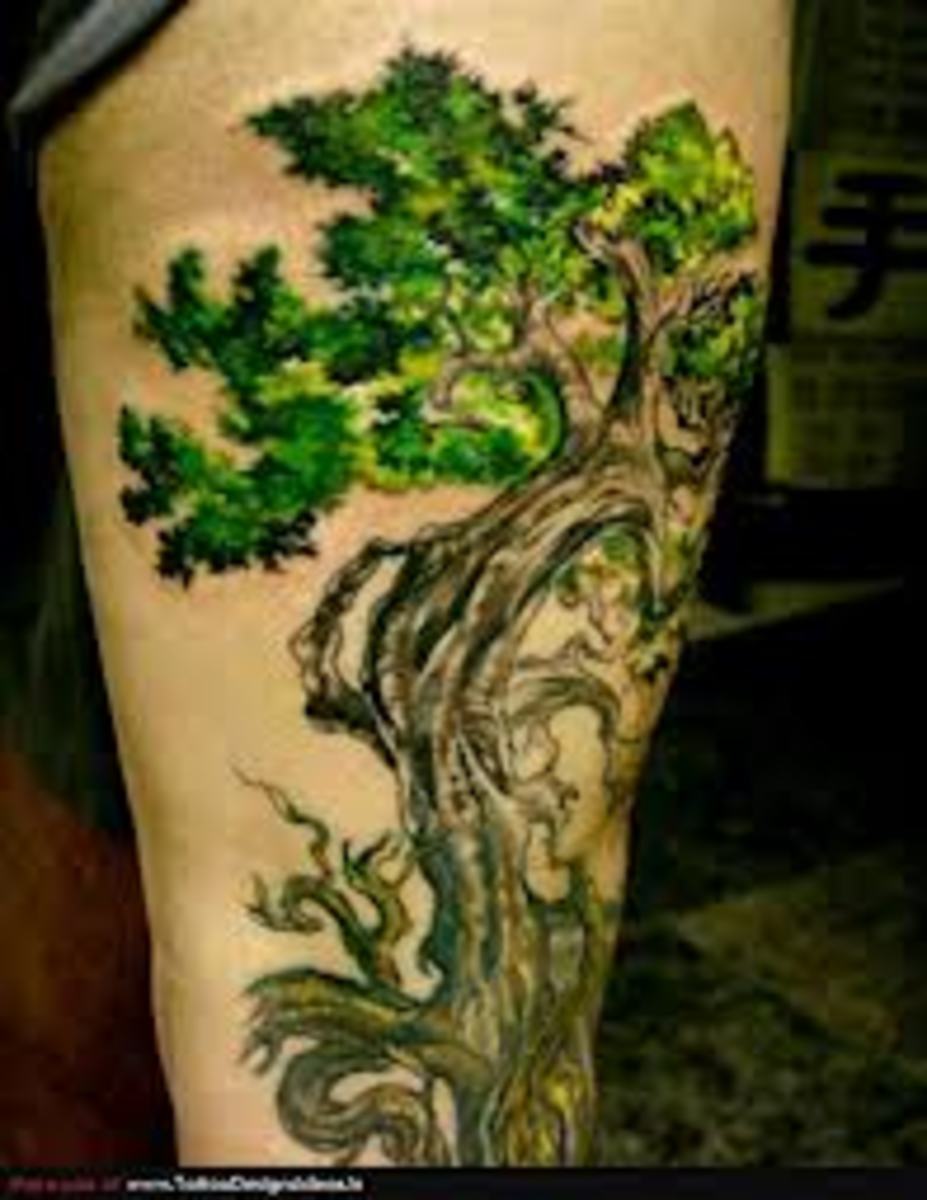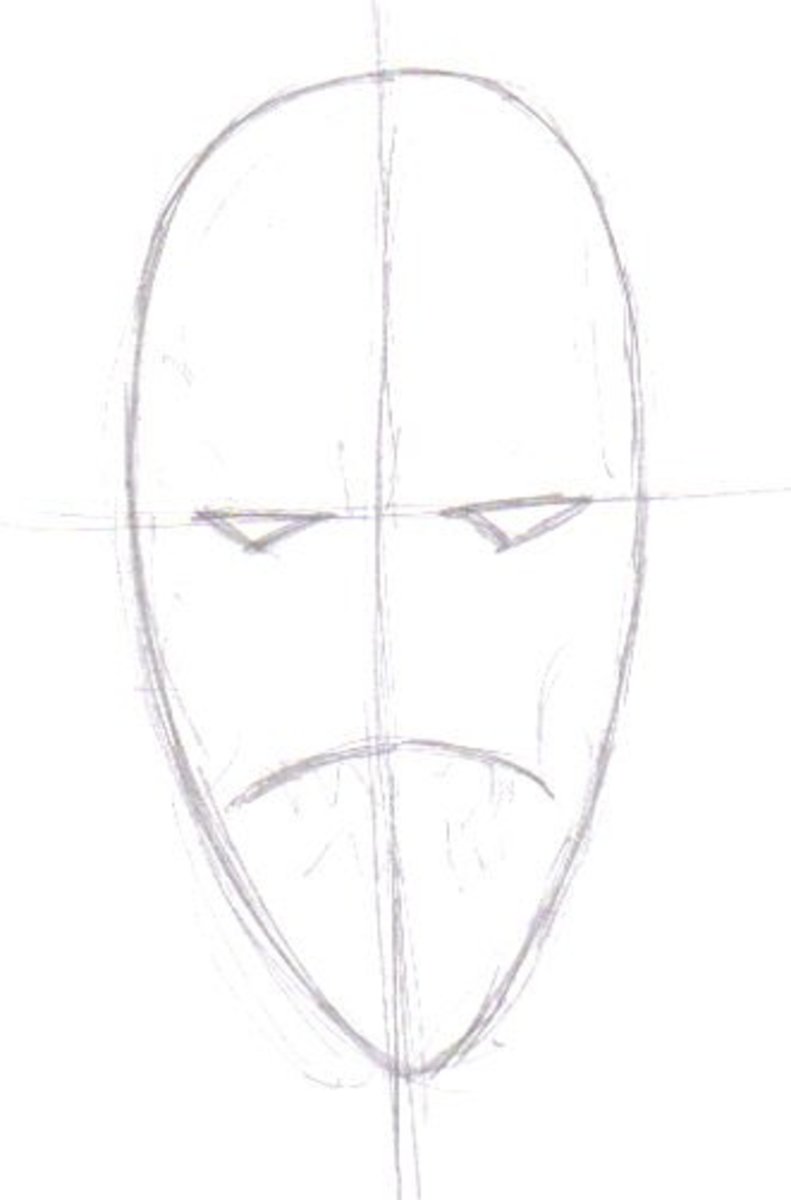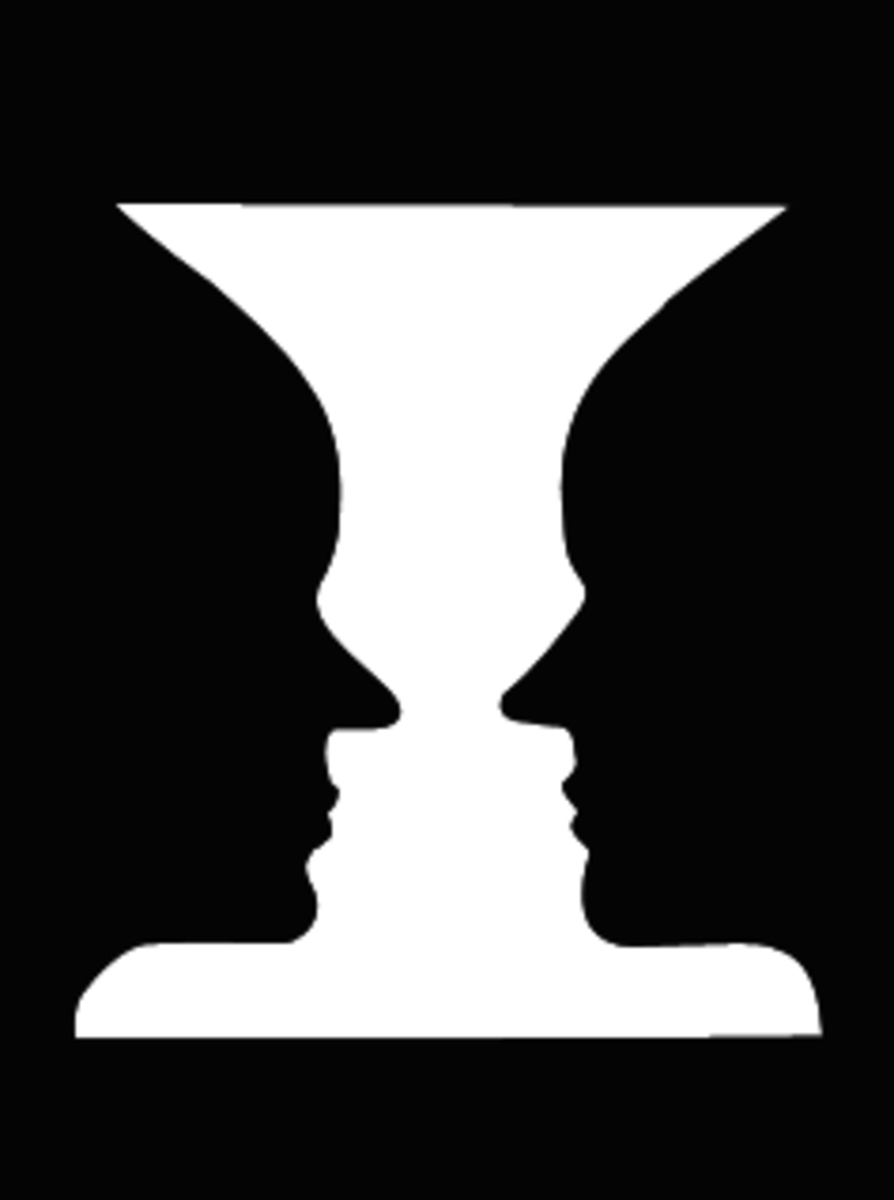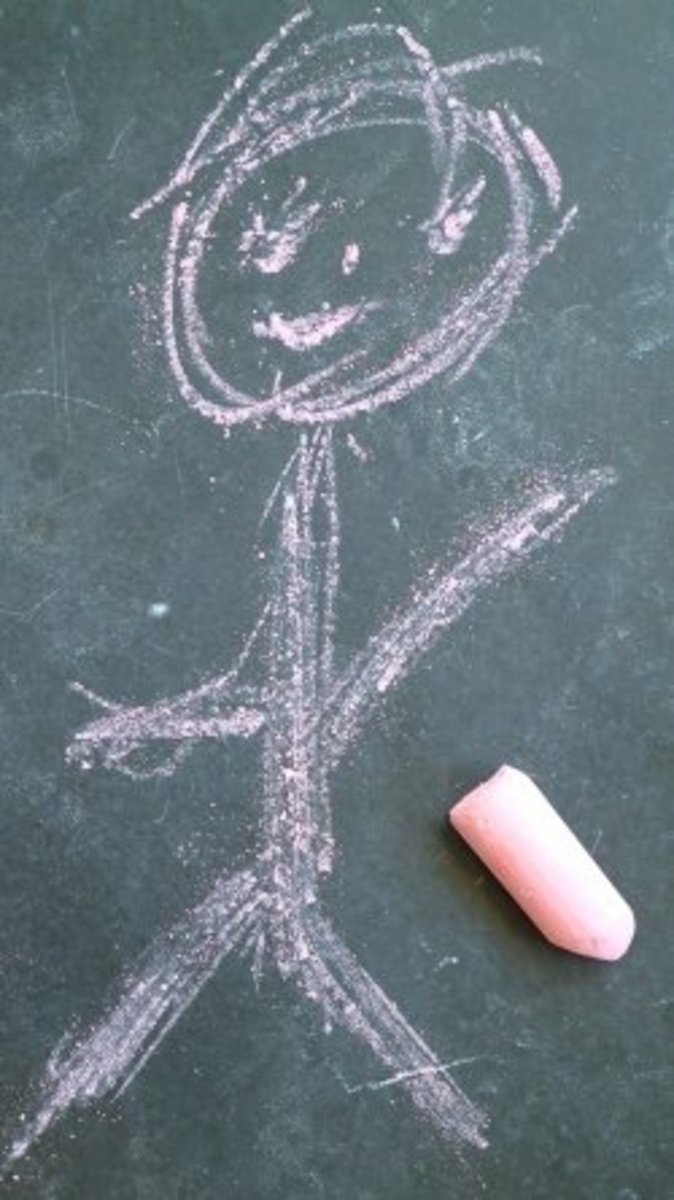Book Review: Celtic Art Methods of Construction by George Bain
Cover of this classic
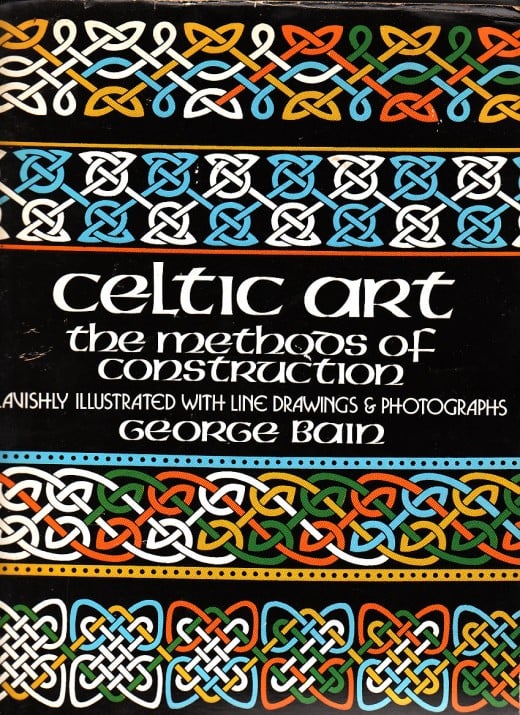
#20 of 30 in 30 Days

The Bain Book -- essential for Celtic design
Celtic Art, The Methods of Construction by George Bain, published by Dover, ISBN 0-486-22923-8 is so useful for doing knotwork, Celtic spirals, zoomorphs, maze patterns, beard pullers and any type of Celtic art that I've worn out four copies of it over the years. When it starts losing pages and its cover, that's when I tape it up and give it to a student while there's still a little life in it and replace it with a fresh copy.
One of these times I'll either find it in hardback or have it hardbound once I buy another new one. This copy is showing a bit of wear. That's because I use it all the time. I flip through it for ideas from the thousands of different ancient sources the author copied and credited or photographed. There are many more inked drawings than photos, they are easier to see and to work from when adapting the motifs to my own designs.
After a while, the methods became familiar and intuitive. His construction methods aren't the same as Aidan Meehan's or some of the other Celtic Art authors I've read. They are slow and a little cumbersome especially at first. What this book has in abundance is designs and sources for anything you could ever want to do in Celtic art.
If you want to do knotwork and only want to buy one book, this is the one to get. Much as I love my Aidan Meehan "Celtic Design" series for its beautiful hand calligraphed pages of very easy instructions, I haven't worn out any of them the way I've worn out the encyclopedic Bain book. Dover first got it in 1973, their edition is an unabridged copy of the original 1951 text and images. So this book is actually older than I am.
That's a little trippy, but fun especially when getting into ancient things like Celtic art.
There's relatively little text. Most of the book is page after page of George Bain's meticulous examples and hand lettered captions. His calligraphy is flawless and easy to read. Oh yes. I forgot to mention it but there is an entire chapter on Lettering that includes not one but several traditional styles of Celtic calligraphy from the Book of Kells, Lindsifarne and other classical sources. Of course that includes the glorious illuminated capitals, so does the section on Zoomorphs where many of the really elaborate ones come up with birds, snakes, fish and dogs in them.
Using his methods of construction you can scale up and borrow any of these ancient designs or work out how to curve them to fit into any space. Where he uses dotted lines, those are penciled guidelines. The slowest part of the method is putting in the dots perfectly evenly to work around them.
I wound up adapting that to putting dots where I knew there were points of knots and I'd ink over the dots, just marking intervals and freehand sketching the center lines before inking and doing the crossings. I only evolved those personal short cuts after using his method numerous times though, you may create a few shortcuts of your own after copying some of his examples. While I'm not sure if his methods are those of the ancient scribes or not, they are precise and workable. You can create any of the designs or your own by carefully using those construction methods.
Some general tips on using it.
Skim through it for the pleasure of it, then go back and pick out a simple design to try first. Don't start with anything insane like a circular spiral design with knotwork and spirals within it and animals, try each of the elements separately.
Don't try to do these things original size like they were in the Book of Kells without a magnifying glass and a very fine point pen.
Always, no matter how skilled you get, pencil first and don't ink until after you finish the crossings. This one has caused problems for many good artists because if you lose track of what you're doing and make one bad crossing, it will pop up again later in the design. You don't know where but it will come back -- so you have to check all of them until you find the other one too after fixing it. So do the crossings in pencil.
Use waterproof ink if you're going to watercolor your knotwork and Celtic art after it's done. Rapidograph technical pens with Universal ink are good, so are Pigma Micron disposable technical pens, Prismacolor Archival Markers, fine or extra fine point and Pitt Artist Pens. India ink with dip pens is very good for inking, gives a nice medieval feel to it even if you have to keep dipping and recreates some of the experience of the ancient scribes.
For lettering with a chisel point pen, dip or felt tip or fountain pen, always hold the pen at exactly a 45 degree angle for best results. It will look bad if you change the angle while lettering -- though you can vary the angle to get different effects if you want to modernize it.
This book is a classic for good reason. It has more information in fewer pages in clear form than anything else I have ever found on the subject. I enjoy Celtic Art books the same way I do colored pencils realism books and do have a dozen of them -- out of all of them, this one is the one I'd replace first if I lost all my books. Or just when it wears out again.
It's under $10 cover price, for something this useful you're getting a real bargain. If you are a member of the Society for Creative Anachronism, it's also very handy for checking sources on various Celtic art designs so that you can write them up for A&S competitions. Likewise if you're a college student looking for art history topics -- all the details are included from all his sources so the Bain book is darn handy as a nonartist reference too.
Definitely try copying the designs though, there's nothing like doing something that cool yourself and holding it in your hand. Enjoy!




